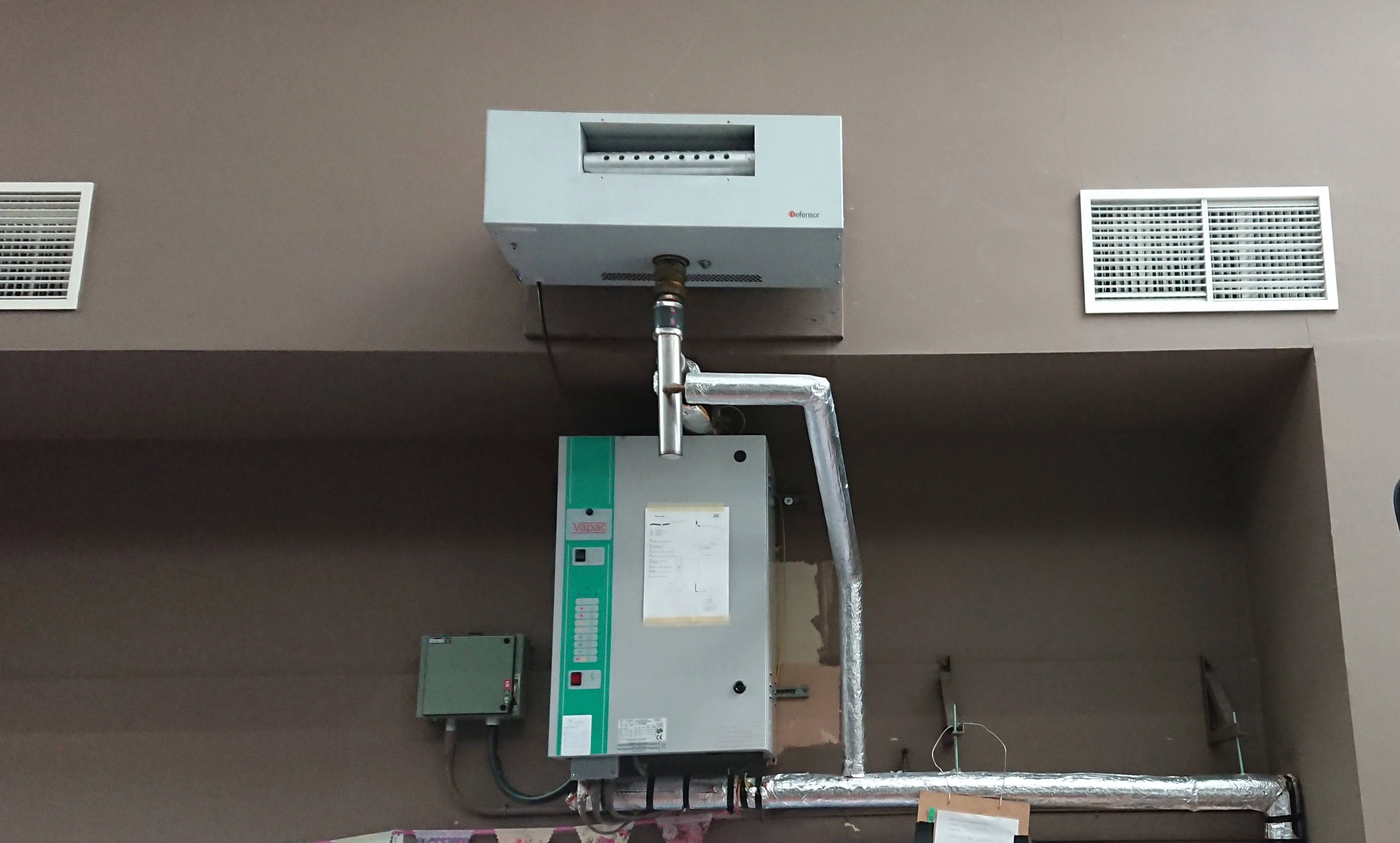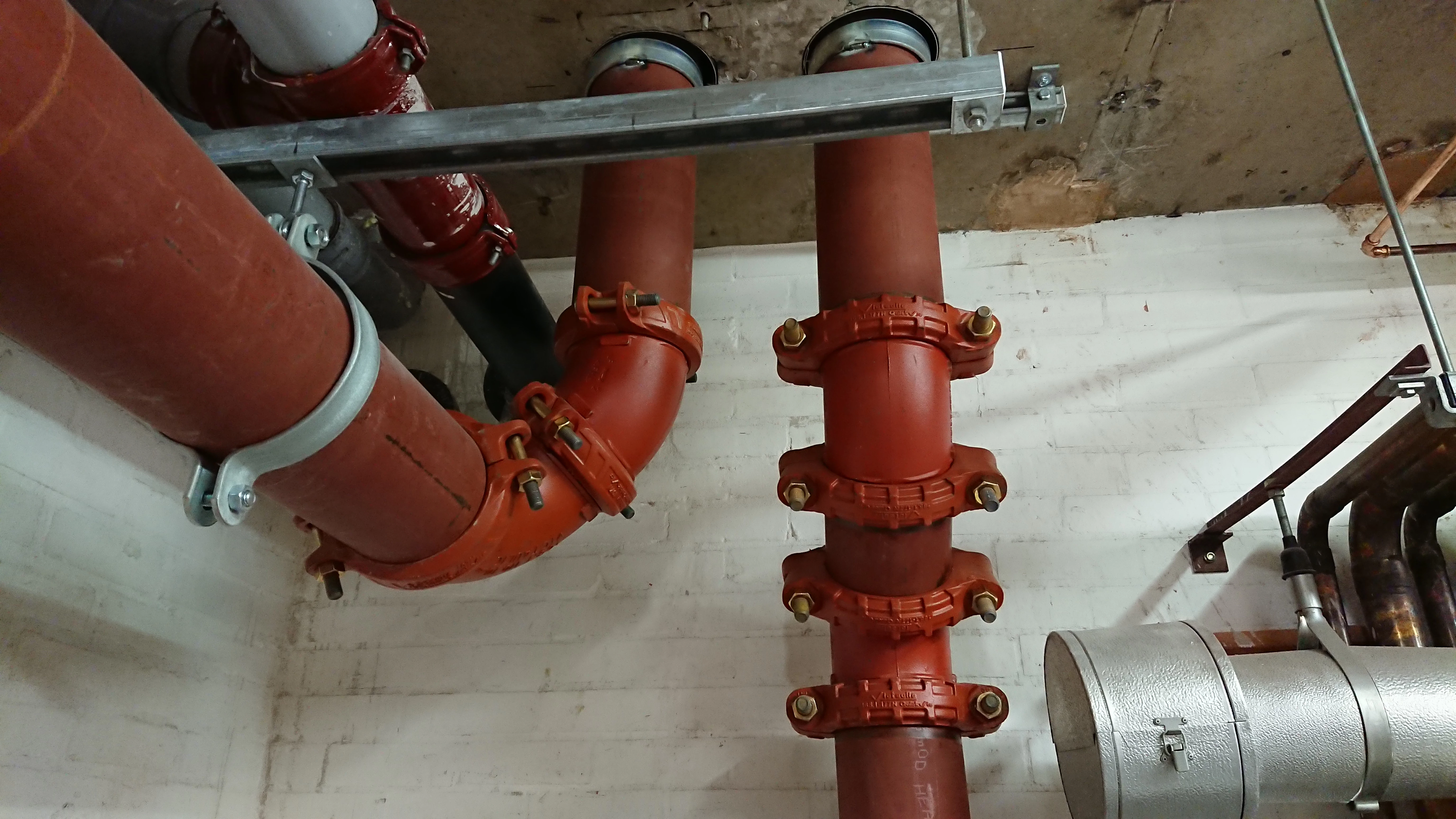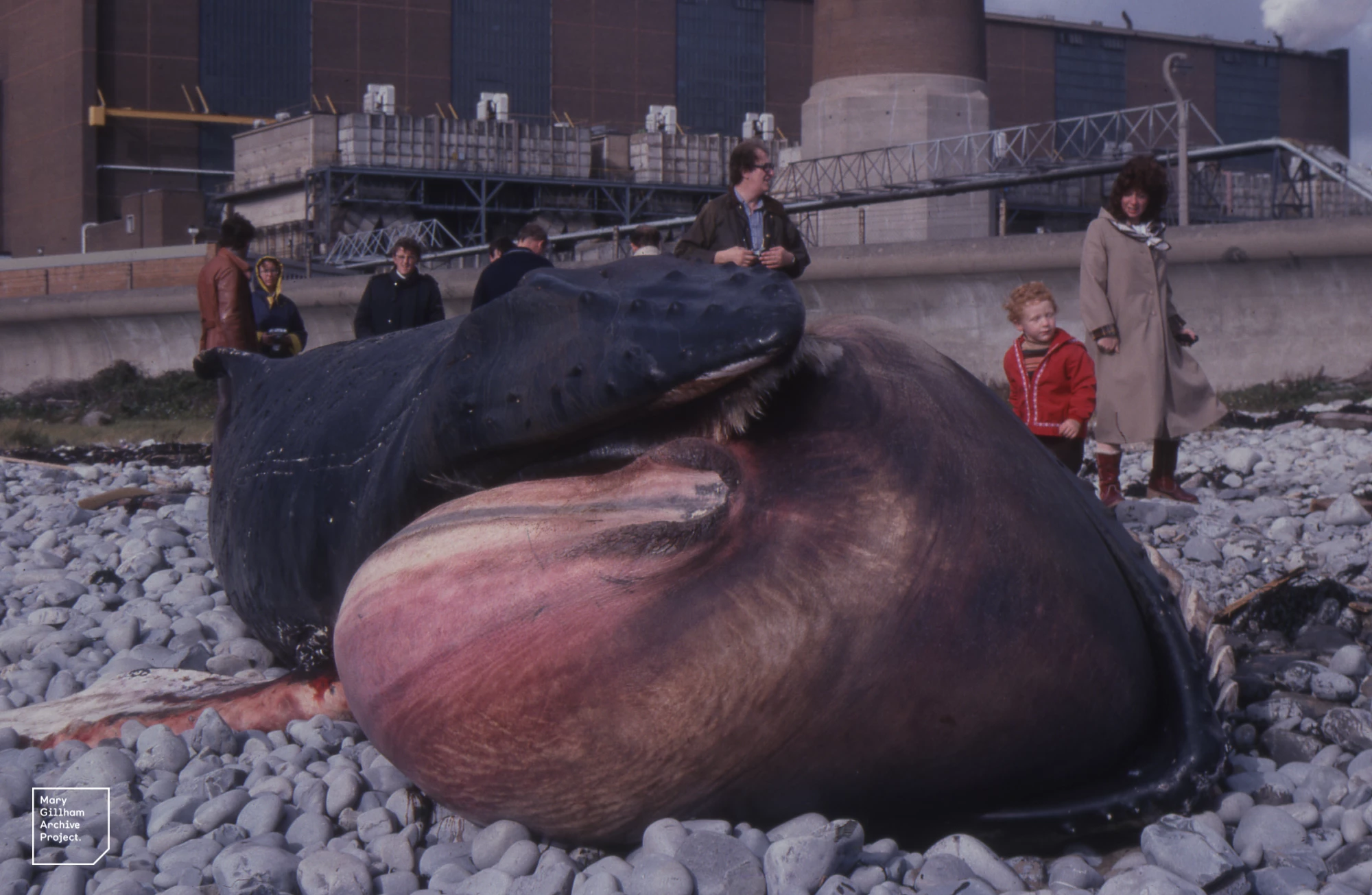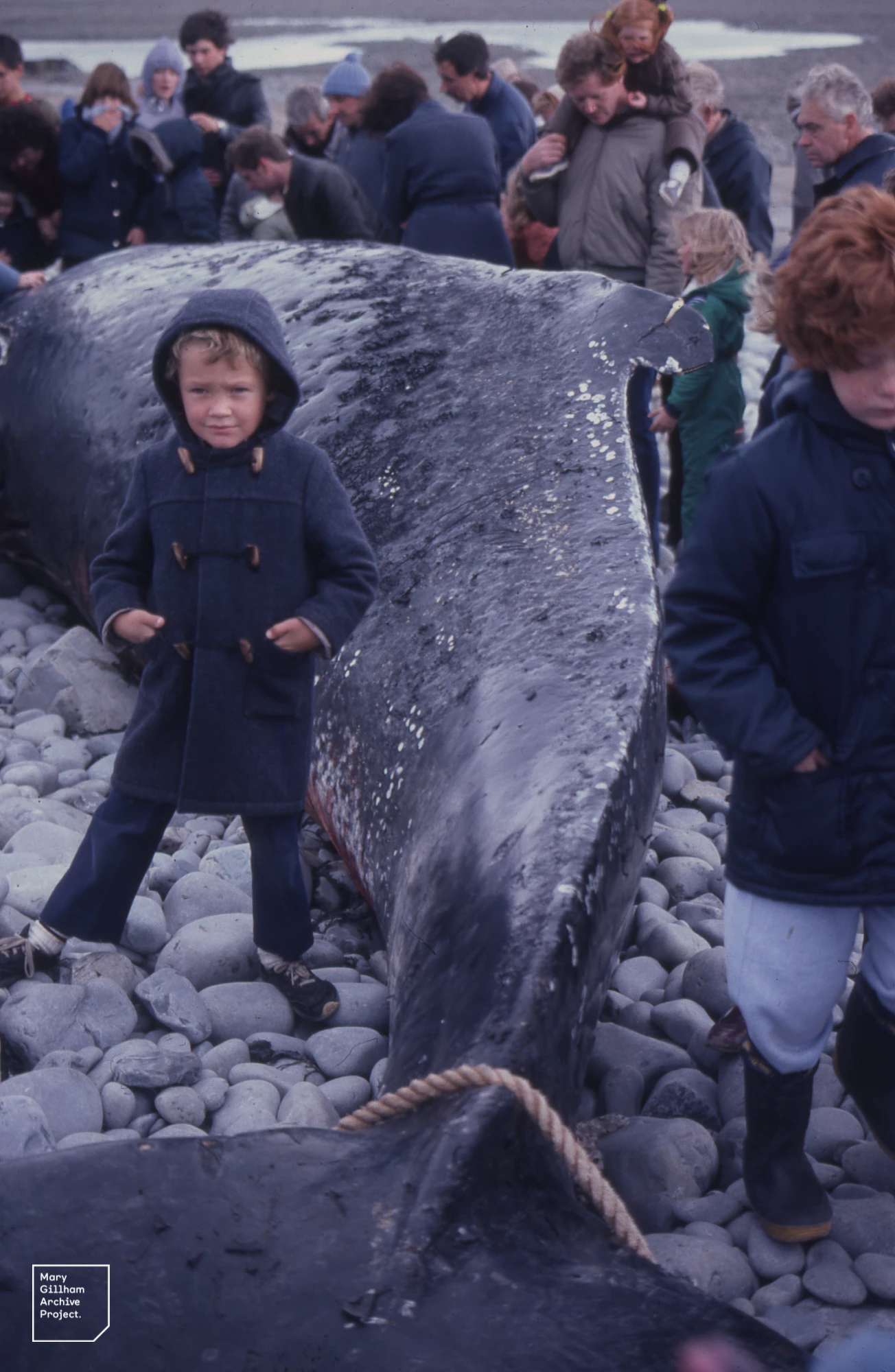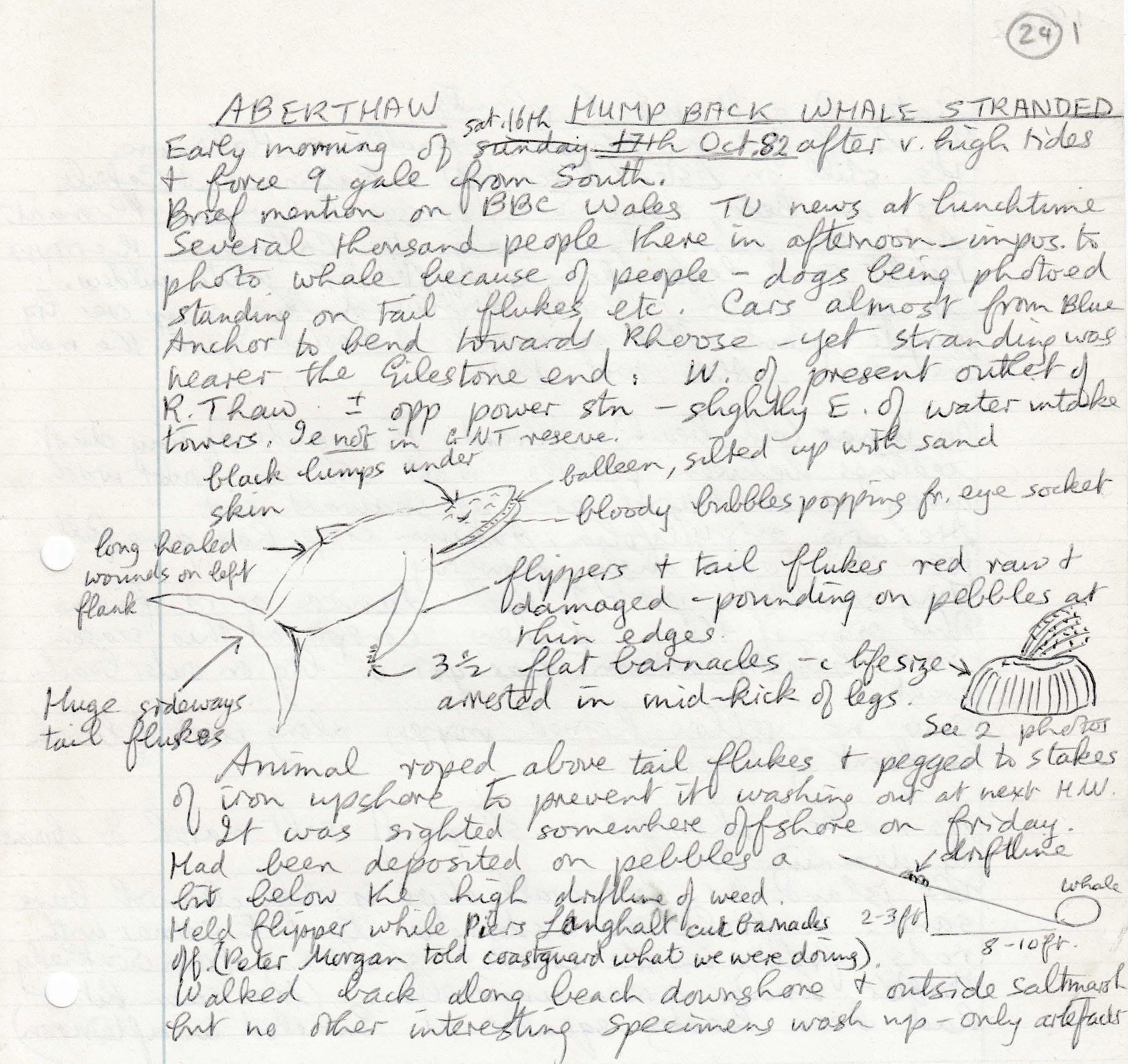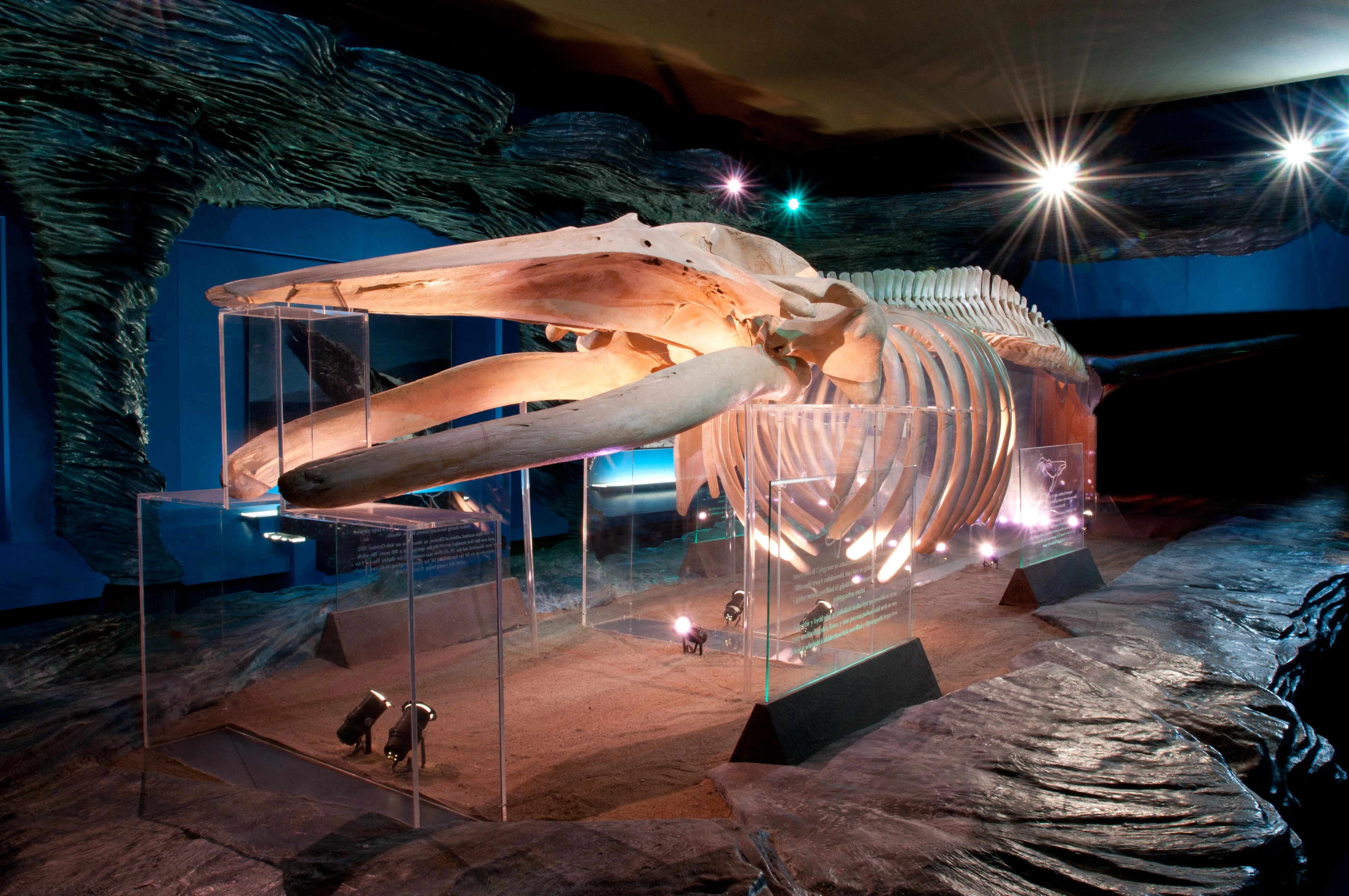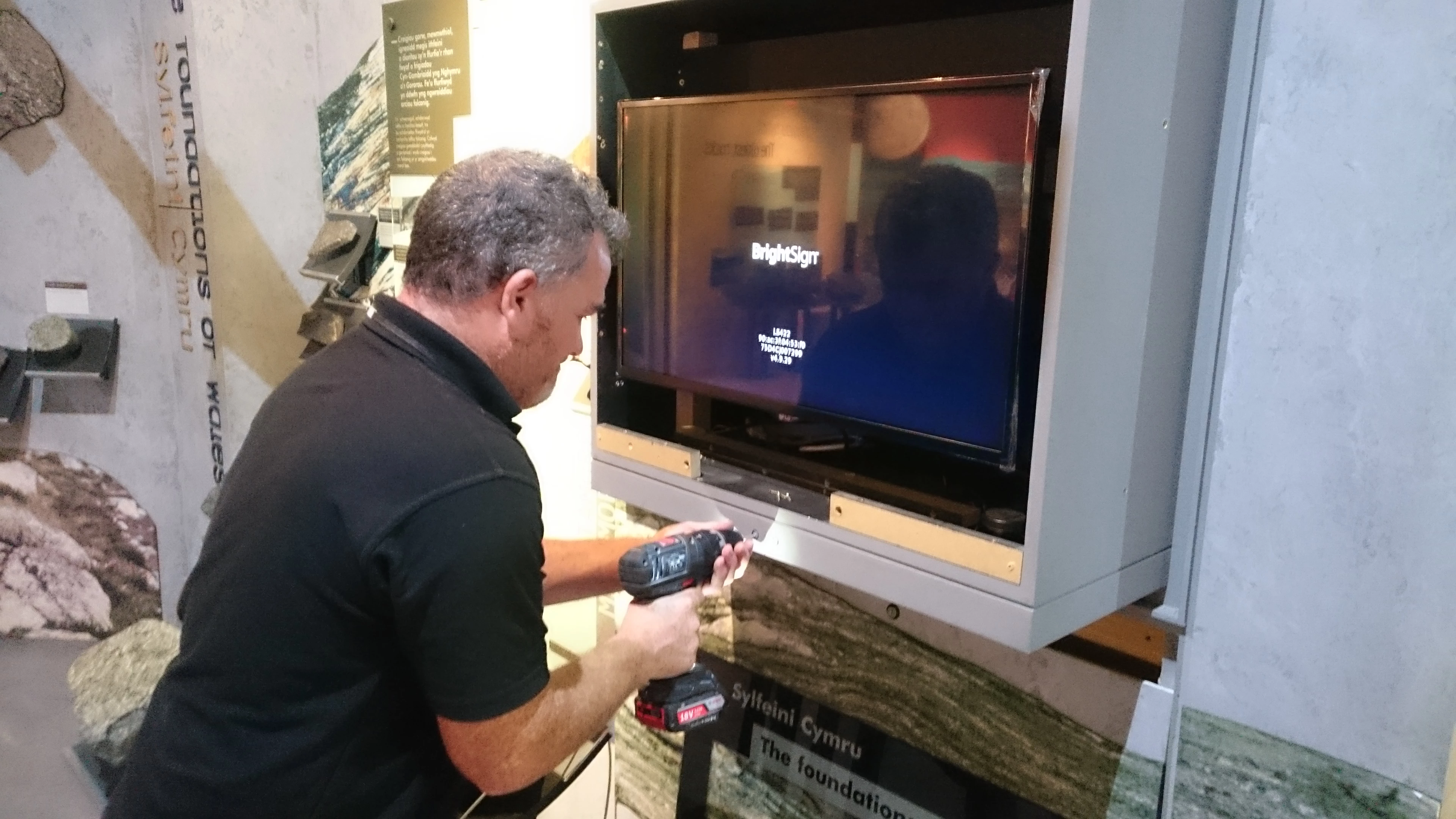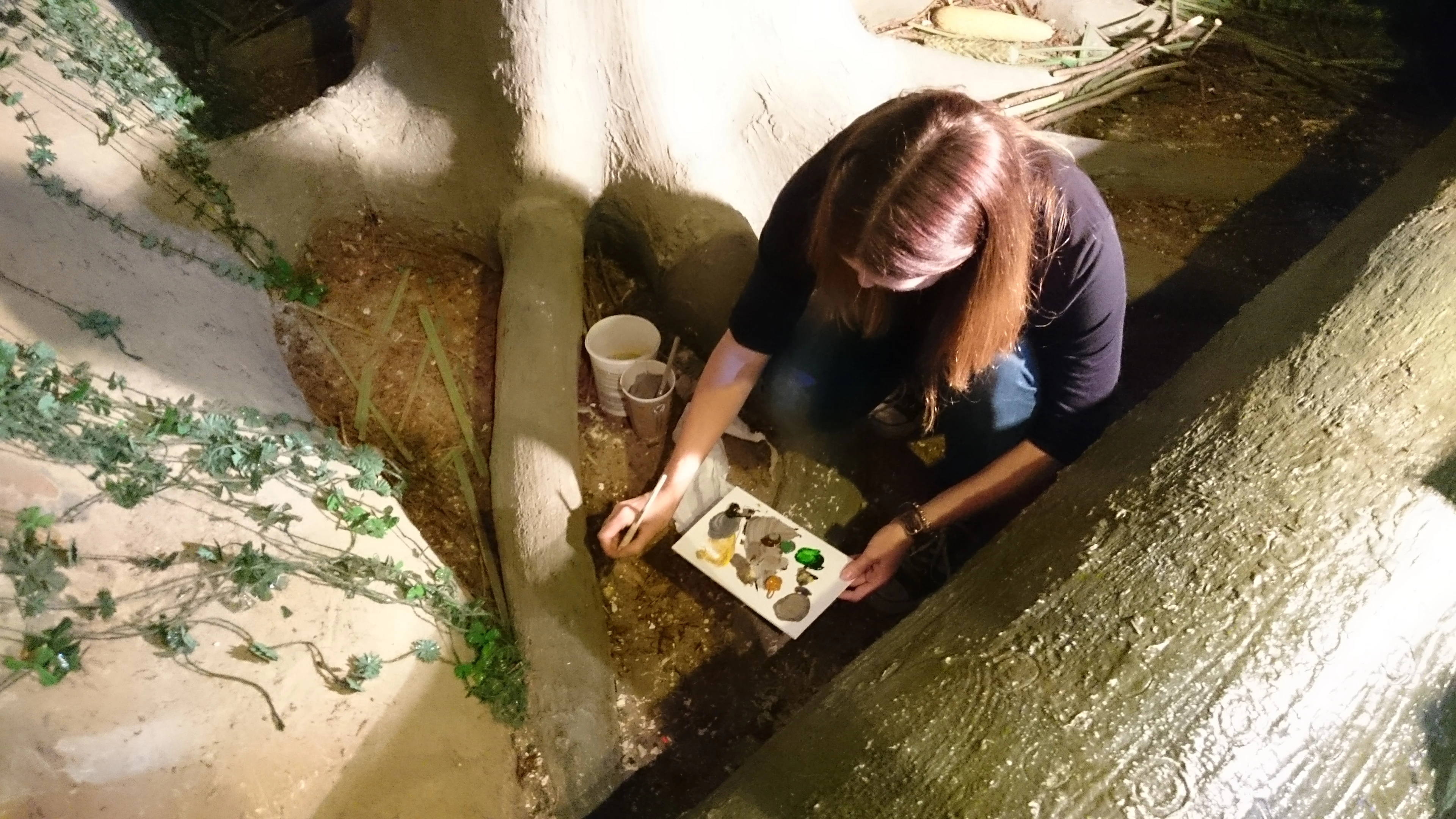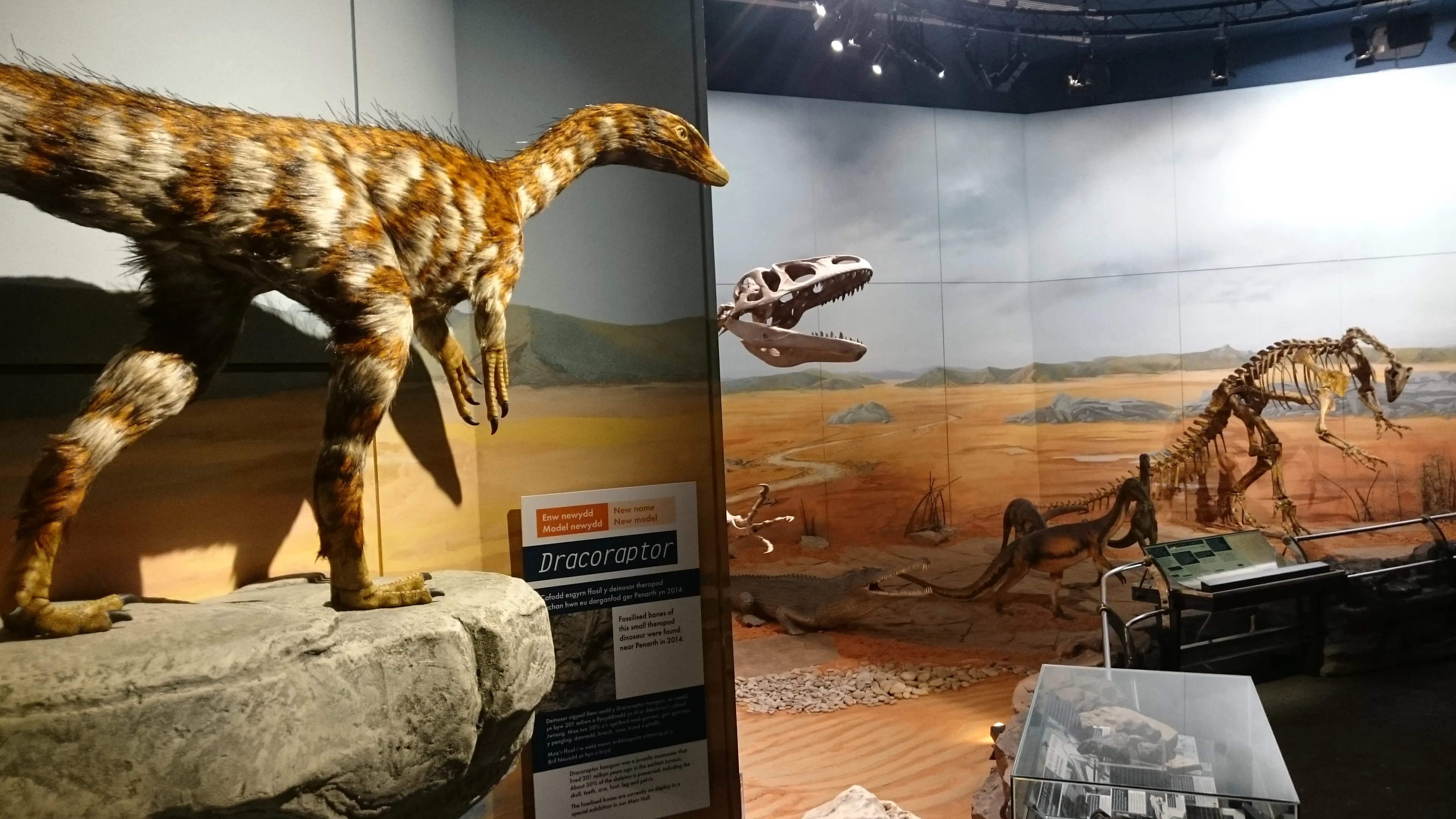Your national museum is changing - from the inside out
, 9 Mawrth 2019
Were you amongst among the record number of people who enjoyed our recent ‘Tim Peake’ and ‘Leonardo da Vinci’ exhibitions at National Museum Cardiff? Did you realise that, while you were in the public galleries, there were workers with hard hats and power tools working to improve the building?
We are currently undertaking a large amount of maintenance works in the museum. We do this in such a way to minimise the disturbance to our visitors as much as possible. We want you to enjoy your experience at the museum and be inspired. During the coming months, however, scaffolding will be erected around parts of the building. We are also going to get a temporary over roof on the oldest part of the museum.
Given that this part of the building was opened as long ago as April 1927 by King George V it is now due some tender loving care. Owing to the ravages of time, the roof has developed a few leaks which we are going to repair this year. This also involves having to close some galleries temporarily, for example the Ceramics and Photography galleries. We do apologise for the inconvenience, but these closures are necessary to allow us to undertake the work on the roof and associated internal works.
Galleries will reopen refreshed in the Autumn of 2019, once the works are completed. The brilliant news is that we will be able to present exhibitions without having to worry about a leaking roof. Associated electrical rewiring will also reduce the fire risk in the museum.
Other works we are undertaking - unbeknown to most people as these are happening in our basement - are further electrical works and substantial improvements to our air conditioning systems. This includes the installation of new air conditioning equipment to replace old equipment which will make the museum much more environmentally sustainable.
We are undertaking these works, with kind support of Welsh Government, to protect the Welsh national collection. We constantly strive to improve the way we care for the three million objects housed at National Museum Cardiff. The collections allow us to refresh displays regularly and put on exhibitions with new themes – check out our new ‘People and Plants’ exhibition of the museum’s economic Botany collection. Collections are also used for research, study, teaching, commemoration and many other functions.
Hence, there are many reasons why we would want to do our best to preserve the collections as best we can. The maintenance works during the coming months will greatly assist us with our collection care and, if these occasionally impact on our public spaces, we do ask that you bear with us – the works are temporary but the benefits will be long-lasting.
Find out more about Care of Collections at Amgueddfa Cymru - National Museum Wales here and follow us on Twitter. Follow the progress of the maintenance works during the coming months in 2019 on Twitter using the hashtag #museumcare.
